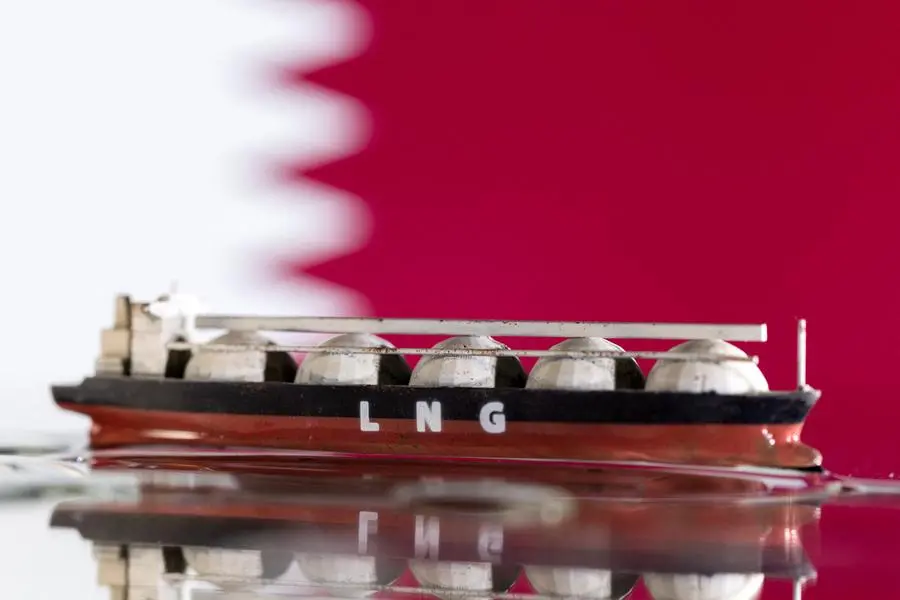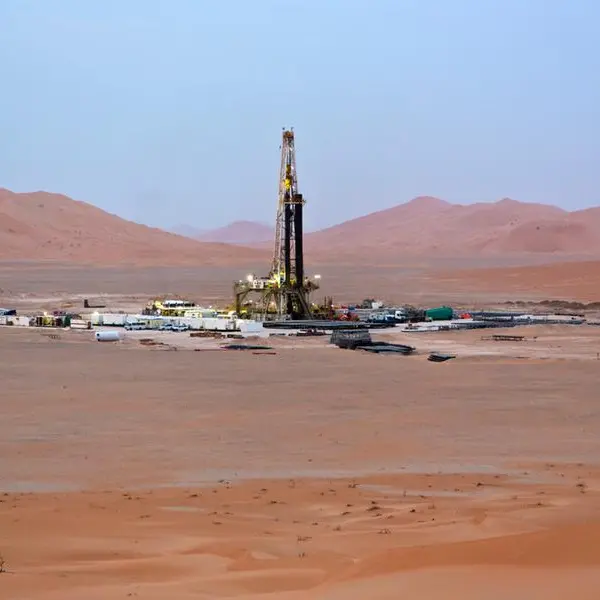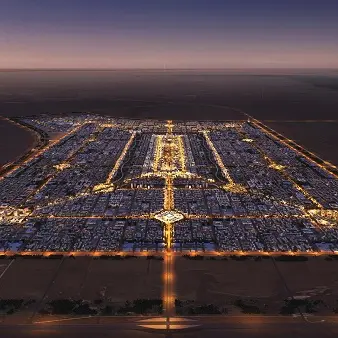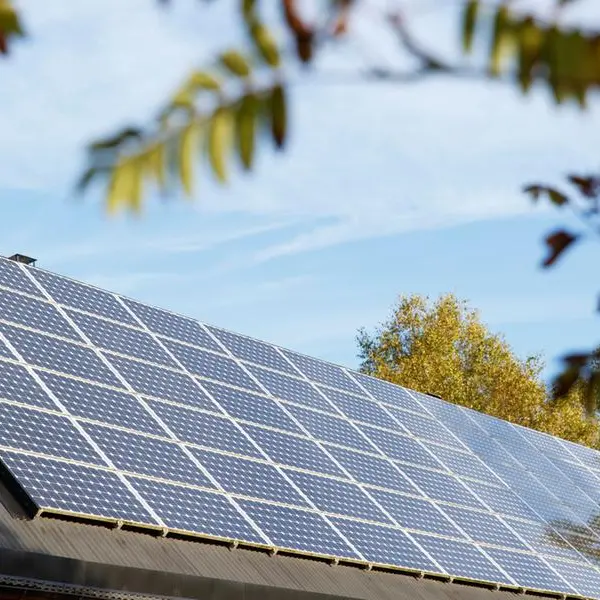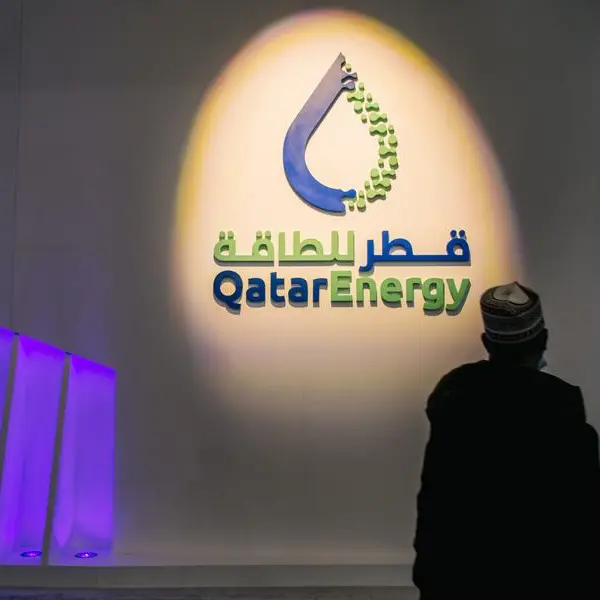PHOTO
Doha, Qatar: Qatar is the third Liquefied Natural Gas (LNG) exporter in March 2024. The global LNG exports grew by 2.3 percent (0.82 million tonnes) year on year (y-o-y) to stand at 36.31 Mt, which is the highest historic figure for March.
Gas Exporting Countries Forum (GECF) revealed in its latest monthly report that the non-GECF countries led the rise in LNG exports while higher LNG exports from GECF Member Countries contributed to a lesser extent. Conversely, global LNG reloads declined during the month. The Republic of the Congo (Congo-Brazzaville) joined the club of LNG exporters in March.
Non-GECF countries were the largest LNG exporters in March with a market share of 52.4 percent up from 50.8 percent a year earlier. In contrast, the market share of GECF Member Countries and LNG reloads in global LNG exports declined from 47.7 percent and 1.5 percent to 47.4 percent and 0.2 percent respectively.
The leading LNG exporting countries were the US, Australia and Qatar. For the period January and March 2024, the cumulative global LNG exports increased by 3.3 percent (3.47 Mt) y-o-y to 107.66 Mt, the report noted.
In March 2024, LNG exports from GECF member countries and observers rose by 1.8 percent (0.30 Mt) y-o-y to 17.21 Mt, which is the highest historic rate of exports for the month of March. Angola, Malaysia, Qatar, Russia and the UAE drove the increase in GECF’s LNG exports, offsetting lower LNG exports from Egypt and Nigeria (Figure 92). For the period January and March 2024, GECF’s LNG exports grew by 3.3 percent (1.62 Mt) y-o-y to reach 51.27 Mt.
In Angola and Qatar, lower planned maintenance activity at the Angola LNG and Qatargas 4 facility respectively, compared to a year earlier, boosted LNG exports from both countries. The increase in Malaysia’s LNG exports was supported by stronger LNG exports from the Bintulu and PFLNG 2 facilities in the country.
Meanwhile, higher LNG exports from the Sakhalin 2, Vysotsk and Yamal LNG facilities contributed to the rise in Russia’s LNG exports. In the United Arab Emirates, the increased LNG exports was attributed to the rise in LNG production at the Das Island LNG facility. Conversely, the weaker LNG exports from Egypt and Nigeria were due to lower volumes of feed gas in both countries.
In March 2024, the MENA region’s LNG imports rose sharply by 53% (0.15 Mt) y-o-y to 0.44 Mt. Kuwait continues to be the sole LNG importer in the region, with stronger LNG imports from Qatar and the US driving the increase in its LNG imports. Between January and March 2024, LNG imports in the MENA region rose by 78 percent (0.51 Mt) to 1.17 Mt.
© Dar Al Sharq Press, Printing and Distribution. All Rights Reserved. Provided by SyndiGate Media Inc. (Syndigate.info).
